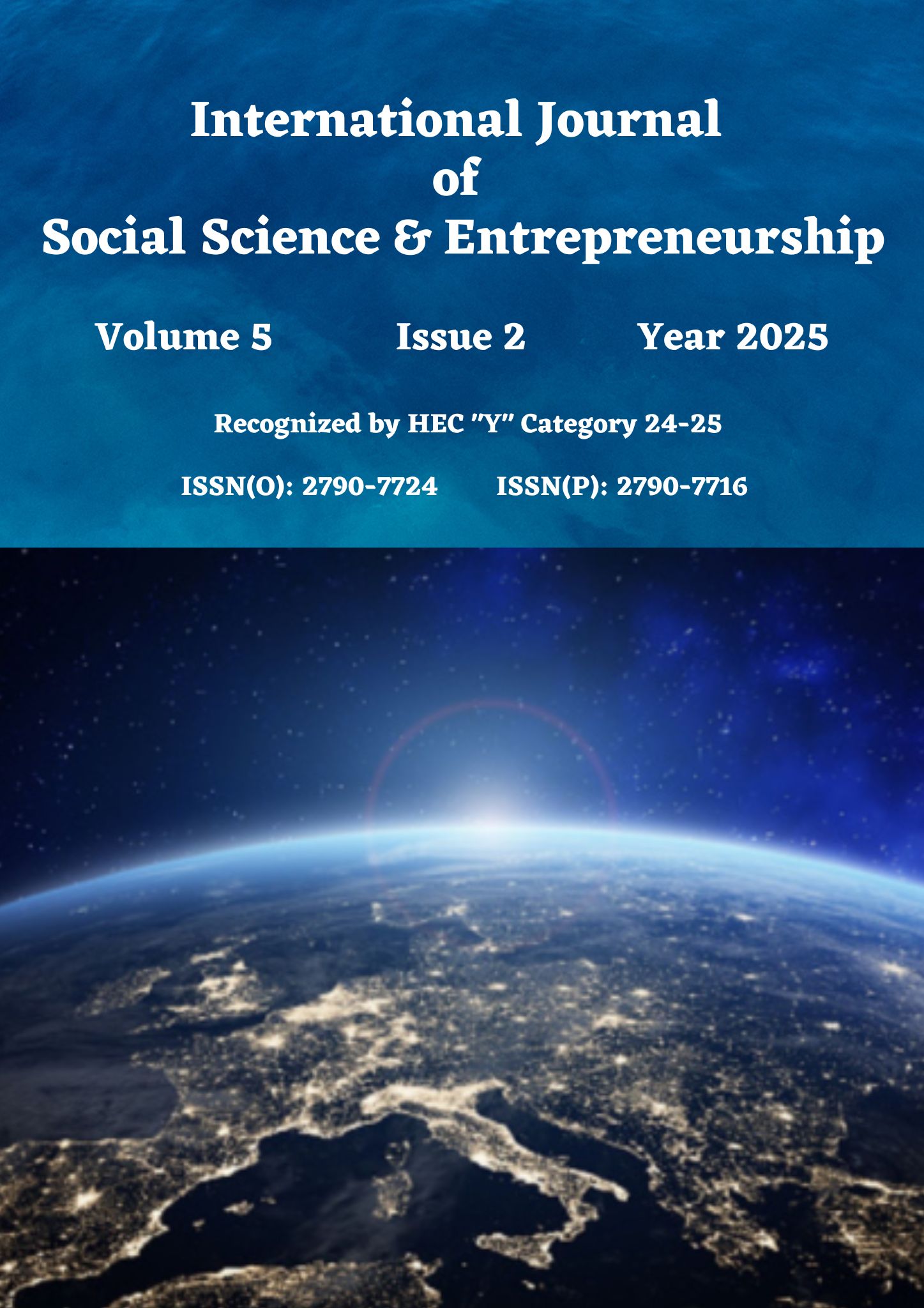Environmental Degradation and Macroeconomic Performance: Dynamic Evidence from N-11 Economies
DOI:
https://doi.org/10.58622/cs1ps503Keywords:
CO₂ emissions, economic growth, FDI, Environmental Kuznets Curve, pollution haven, pollution halo, GMM, emerging economiesAbstract
This paper tests the relationships between economic growth, foreign direct investment (FDI) and the level of carbon dioxide (CO2) emission in the Next Eleven (N-11) emerging economies between the years 1991 and 2022. The GMM estimator is utilized to overcome endogeneity as well as endure the persistence of the emissions in addition to jointly testing the Environmental Kuznets Curve (EKC), Pollution Haven and Pollution Halo Hypotheses in a single empirical model. There is a strong structural persistence of CO2 emissions (lagged coefficient = 0.988, p < 0.05) which shows that there is an inertia in environmental degradation. It shows an inverted U-shaped pattern of EKC whereby the emissions rise with lower income (GDP = 0.0095, p < 0.05) and then decrease above the 14.19 level of log GDP income. The association of FDI with the emissions is nonlinear and exhibits U-shaped behavior, i.e. it decreases the CO2 emissions at lower levels of FDI (lnFDI = -0.066, p < 0.05) and thereafter increases the CO2 emissions at higher levels of FDI (lnFDI2 = 0.0016, p < 0.05). The results of these outcomes imply that economic development and FDI have some conditional environmental impacts that vary based on size and the capacity to regulate. The analysis highlights the need to have policies of green investment, technological innovation, and effective institutional structures in realizing sustainable low-carbon growth.
Keywords: , , , , , , ,









